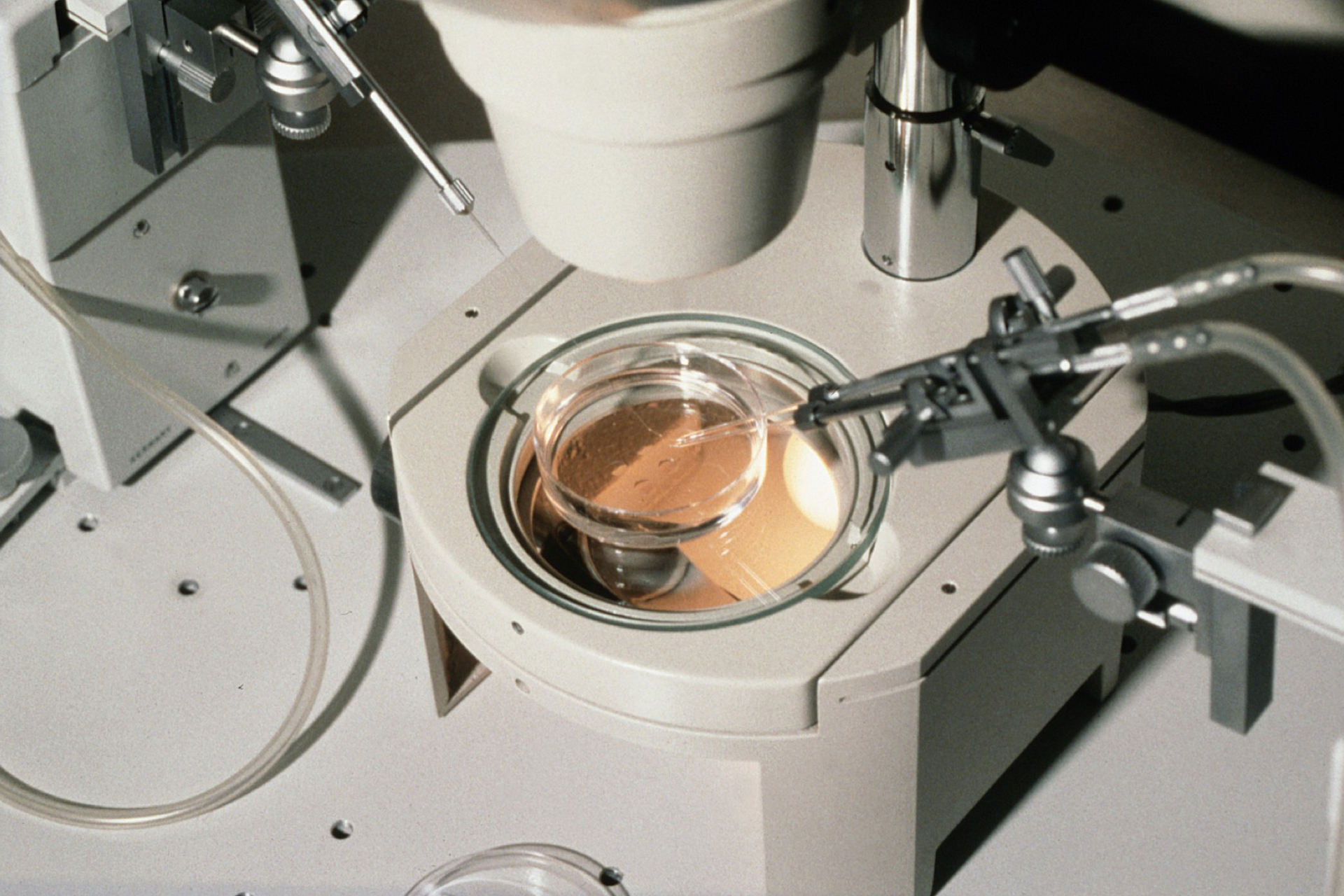Over the past couple of weeks, much ink has been spilled over the recent Ontario Superior Court decision, SH v DH (see BioNews 961). It is precedent-setting in Ontario and across Canada, being the first published decision determining who may use frozen embryos upon the dissolution of a marriage.
The Ontario court last month awarded the former couple's frozen embryo to the wife, DH, who wants to use it to become pregnant. This ruling was reached by regarding the embryo – which is not genetically related to either spouse – as 'property'. While I agree in principle with the result and would like to see DH use the embryo for reasons set out later, based on my interpretation of the Section 8 (Consent) Regulations to the Assisted Human Reproduction Act, I believe the decision may be incorrect.
DH and SH were a married couple who had embryos created using donor eggs fertilised with donor sperm. Shortly after one child was born through the use of one of these embryos, the couple separated. DH wanted to use the one remaining embryo to try for a second child who would be genetically related to the first. SH did not consent to her use of the remaining embryo, preferring that it be donated.
Notably, in this situation, neither party is genetically related to the embryo in question; I think we can fairly assume that the court's decision may very well have been different based on different circumstances.
The court held that the embryo is property and that, following instructions provided in a generic clinic consent form by the parties (referred to by the court as a 'contract', which is in itself questionable), it belonged to DH. DH was required to compensate SH for half the financial cost of creating the embryo.
In making this decision, the court relied on the 2012 JCM v ANA decision, in which a British Columbian court found that leftover vials of frozen sperm purchased from a US sperm bank were to be treated as property upon marital breakdown and evenly divided between the parties to the extent possible.
There are many interesting aspects of the Ontario case to discuss, but because my space here is quite limited, I will focus my comments on why I believe the decision is wrong.
The court did not mention the two most relevant pieces of governing legislation: section eight of Canada's Assisted Human Reproduction Act ('AHRA') and the Section eight (Consent) Regulations, which, in my view, are central to the legal issue in this case, and to a lesser extent, the All Families are Equal Act's amendments to the Ontario Children's Law Reform Act.
Section eight of the AHRA and its regulations require that each clinic obtain a patient's written consent prior to the use of any reproductive material, including embryos. Although it sounds practical and straightforward, the regulations are complex – 15 pages on section eight alone.
Section eight of the AHRA and the associated regulations were not cited in the Ontario court's decision despite the fact that they provide a complete (if unsatisfactory) answer to the question of whose consent is necessary for the use of the embryo (note that the use of the embryo is not necessarily the same thing as ownership of the embryo).
Section 10 of the regulations relates to the individual or individuals for whose reproductive use an in vitro embryo is created (regardless of whose genetic material is used to create the embryo). It makes clear that when this is a couple, 'the consent of each spouse or common-law partner must be compatible in order for the consent of the donor to comply with the requirements of this part' (except in situations where only one partner has a genetic connection to the embryo and the other does not, which is not the case in the matter at hand). The regulations also make clear that consent 'may be withdrawn by either spouse or common-law partner'.
Based on the above, it could be argued that SH is permitted by the regulation to withdraw his consent to the use of the embryo regardless of what he originally signed at the time that the embryo was created, thereby effectively stopping DH from being able to use the embryo. The court did not refer to these regulations in its decision.
Although the court did mention SH's arguments about DH's ability to effectively parent and care for a child born through the use of the embryo, pointing to JCM v ANA and Morgentaler that such considerations are not appropriate to determine this issue, perhaps it would have been helpful to point to sections five and 8(3) of Ontario's Children's Law Reform Act, which clarifies that because SH withdrew his consent to be a parent of the child prior to the embryo transfer, he is not a legal parent of any child born through the use of that embryo.
If Ontario and Canadian law were up to me, subject to a detailed preconception agreement (but not a generic clinic consent form) stating otherwise, where there is no genetic connection to the embryo by either party, and where the law is clear that the party who does not want to make use of the embryo will not be a parent and will not have support or other obligations to the child, that party's right not to have the embryo used for procreation is overcome by the other party's desire to make use of the embryo.
Unfortunately, section eight of the AHRA and its regulations seems to suggest otherwise where one party rescinds consent. It will be interesting to see how future courts handle the disparity between this decision and the relevant legislative framework.






Leave a Reply
You must be logged in to post a comment.